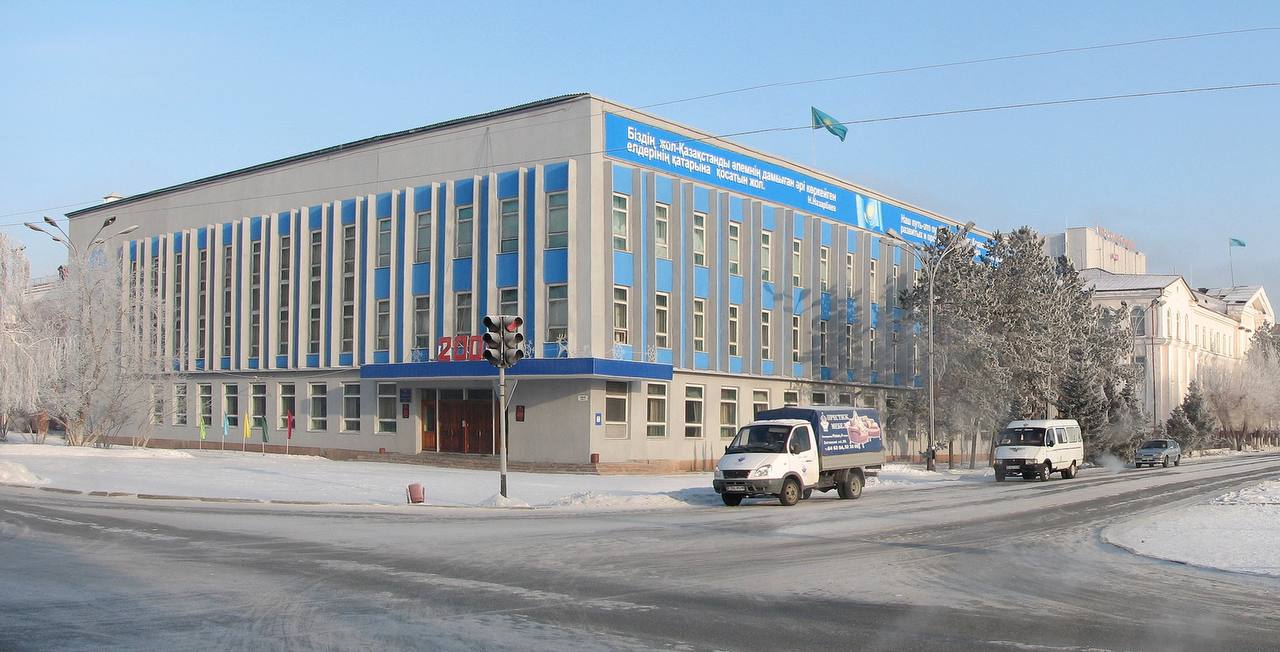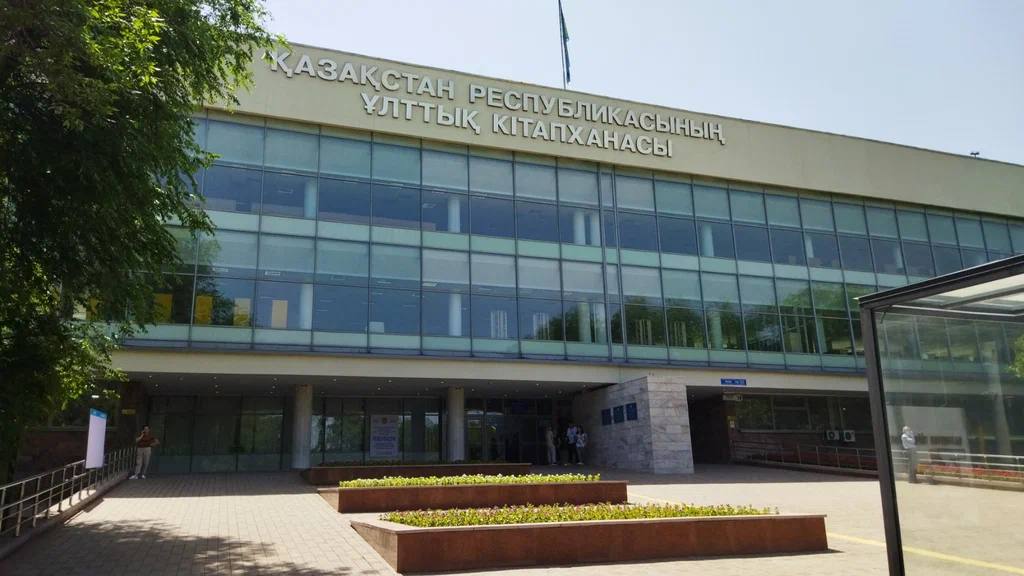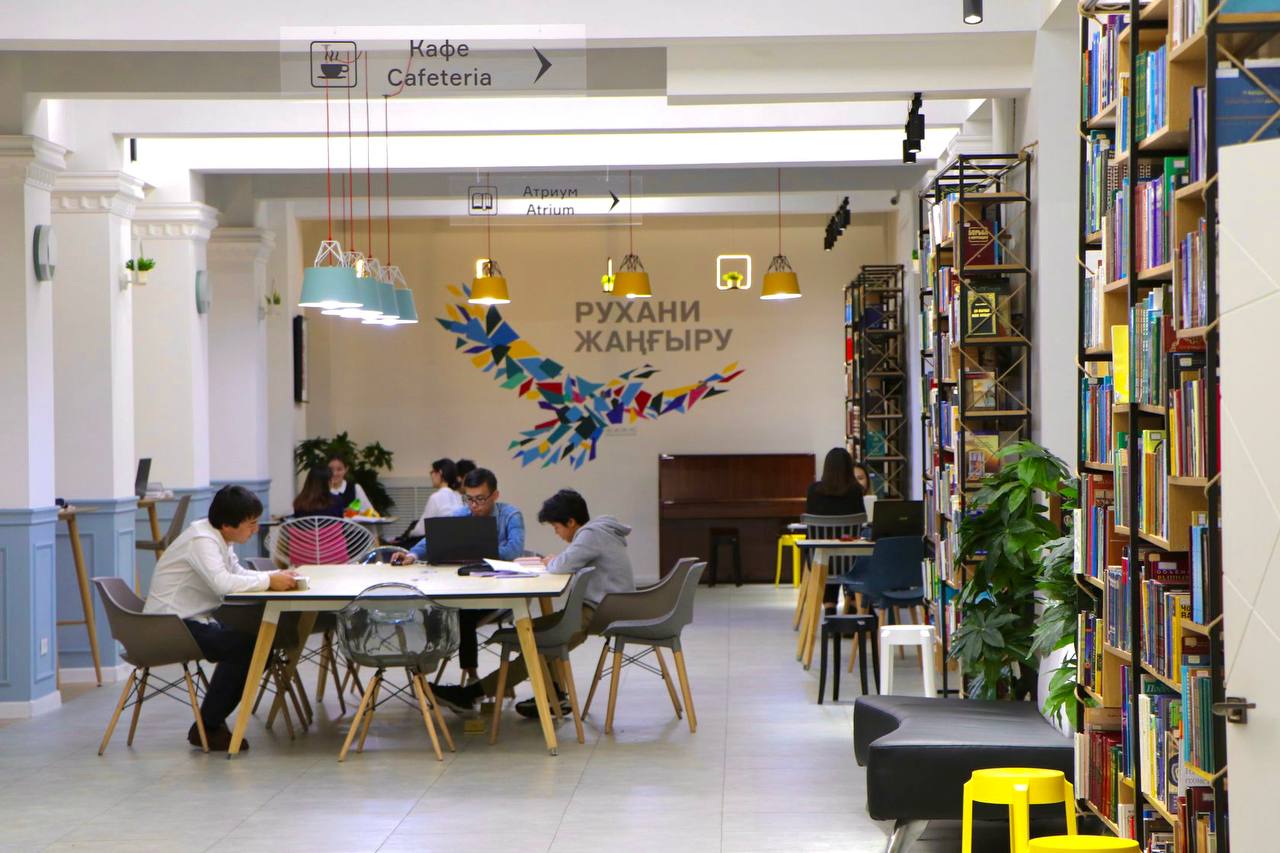ASTANA — With the rise of digital technology, libraries have become more than just a repository of books but also a hub for learning and innovation. Years and centuries have passed, but libraries remain essential for society as vital institutions, providing everyone access to knowledge and information regardless of socioeconomic status.

Photo credit: depositphotos. Click on the picture to see the full map. The map is designed by The Astana Times.
The Astana Times presents a list of Kazakhstan’s top five libraries, each with its own collection of literature and history.
The first public library in Kazakhstan
The first public library in Kazakhstan was opened in 1871 in Uralsk city, which contained 4,750 books, including 1,650 books in Russian, 1,340 books in foreign languages, and 1,820 magazines. By its century anniversary, the library had approximately 150,000 books in its book stock, 9,000 readers, carried out methodological guidance for over 568 state libraries of the region, and was a research institution in library science and bibliography.

The Zhuban Moldagaliyev regional scientific broad-based library in Uralsk city. Photo credit: zkolib.kz.
The library building is one of the city’s most important historical, cultural, and architectural landmarks. The Zhuban Moldagaliyev regional scientific broad-based library serves as a systematic center for 360 libraries and is expanding as an information and cultural center.
The library with the oldest and rarest manuscripts
Abai scientific broad-based library in Semei was one of the first cultural institutions of the city. It began with only 274 copies of books and 130 readers. Abai Kunanbayev, Mukhtar Auezov, Kanysh Satpayev, Kayum Mukhamedkhanov, Azilkhan Nurshaikov, Rollan Seysenbayev, and many others have visited the library over the years.

Abai scientific broad-based library in Semei. Photo credit: wikipedia.
Researchers and book lovers are attracted by unique Kazakh, Russian, Latin, and Arabic scientific publications. The library also has the oldest and rarest manuscripts, containing more than 4,000 rarest books that date back to the 18th and 19th centuries. The “Iliad” by Homer (1829) is the library’s rare fund pearl.
Library with the most extensive book collection
The National Library of Kazakhstan in Almaty has over seven million books in its book stock. Annual reader visits exceed one million, and circulation is roughly two million. The library was built as part of a special project in 1970 and is on the country’s list of nationally significant historical and cultural sites.

The National Library of Kazakhstan in Almaty. Photo credit: yandex.com.
Uraz Dzhandosov, a prominent official and public figure in Kazakhstan, was the library’s first director. According to him, the library’s primary objective was to collect all printed material in Kazakh and all literature regarding Kazakhstan. Since then, the library has served as the state book depositary, collecting and preserving the documented written history of Kazakh and other nations.
The most modern library
The Zhambyl Youth library in Almaty opened in 1976. To stimulate reader interest and capture the attention of residents and visitors to the library, it was refurbished in 2017 and earned the title of the most modern library.

The Zhambyl Youth library in Almaty. Photo credit: Ekaterina Korabayeva.
The library is designed as an open area with four zones: silent, single, public space, and atrium. The library has 300,000 books, 30,000 open to the public. The library receives 300-400 new books per month and 200 newspapers and magazines.
Aside from conventional services, the library features programs such as Library+Cinema, free English language lessons, a project for students called Me and Adult World, and weekly meetings of the Bilgim Keledy (I want to know) club, where professionals can talk and share their knowledge. Young poets and writers from all regions are welcome to share their work.
The most digitized library
The National Academic Library in Astana has the most digitized content in the country. The library was opened in 2004 and is the site of the Kazakhstan National Electronic Library project (KazNEB).

The National Academic Library in Astana. Photo credit: Kazinform.
This gateway houses over 70,000 electronic works of literary, historical, and cultural significance. Overall, the library has 12 funds, including the leading library fund, the electronic fund, the fund for official and regulatory documents, for dissertations and abstracts, for rare books, for foreign language literature, for art literature, fiction, the media library, periodicals, information bibliographic fund, and the fund of librarianship.
The development of libraries in Kazakhstan reflects the country’s commitment to promoting education and knowledge, as libraries are critical institutions that support literacy, education, and lifelong learning. They provide a safe space to study and explore, which is crucial in promoting social inclusion and diversity. With continued investment and support, the library system in Kazakhstan is expected to continue to grow and be a valuable resource for generations to come.

